Theophylline
CAS number: 58-55-9
Theophylline is a dimethylxanthine having the two methyl groups located at positions 1 and 3. It is structurally similar to caffeine and is found in green and black tea. It has a role as a vasodilator agent, a bronchodilator agent, a muscle relaxant, an EC 3.1.4.* (phosphoric diester hydrolase) inhibitor, an anti-asthmatic drug, an anti-inflammatory agent, an immunomodulator, an adenosine receptor antagonist, a drug metabolite, a fungal metabolite and a human blood serum metabolite.
Related images
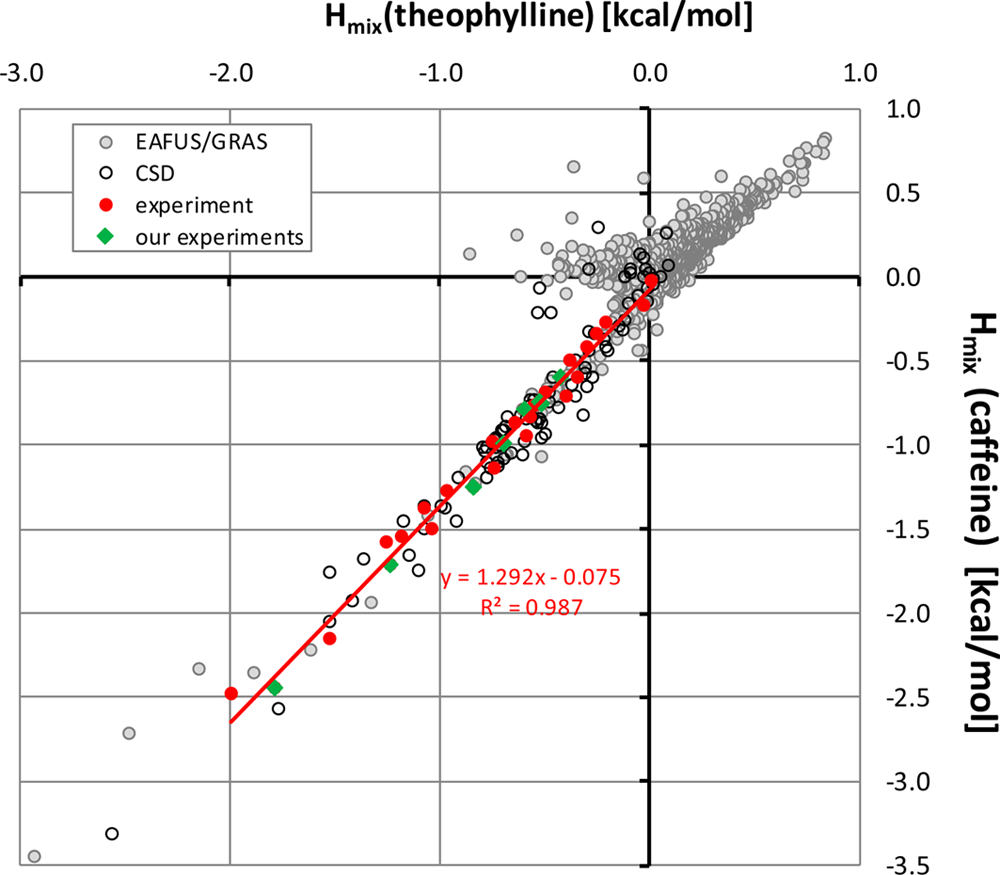
Correlation between mixing enthalpies of caffeine and theophylline. The four series corresponds to different sets of coformers mixed in the liquid state under supercooled conditions.
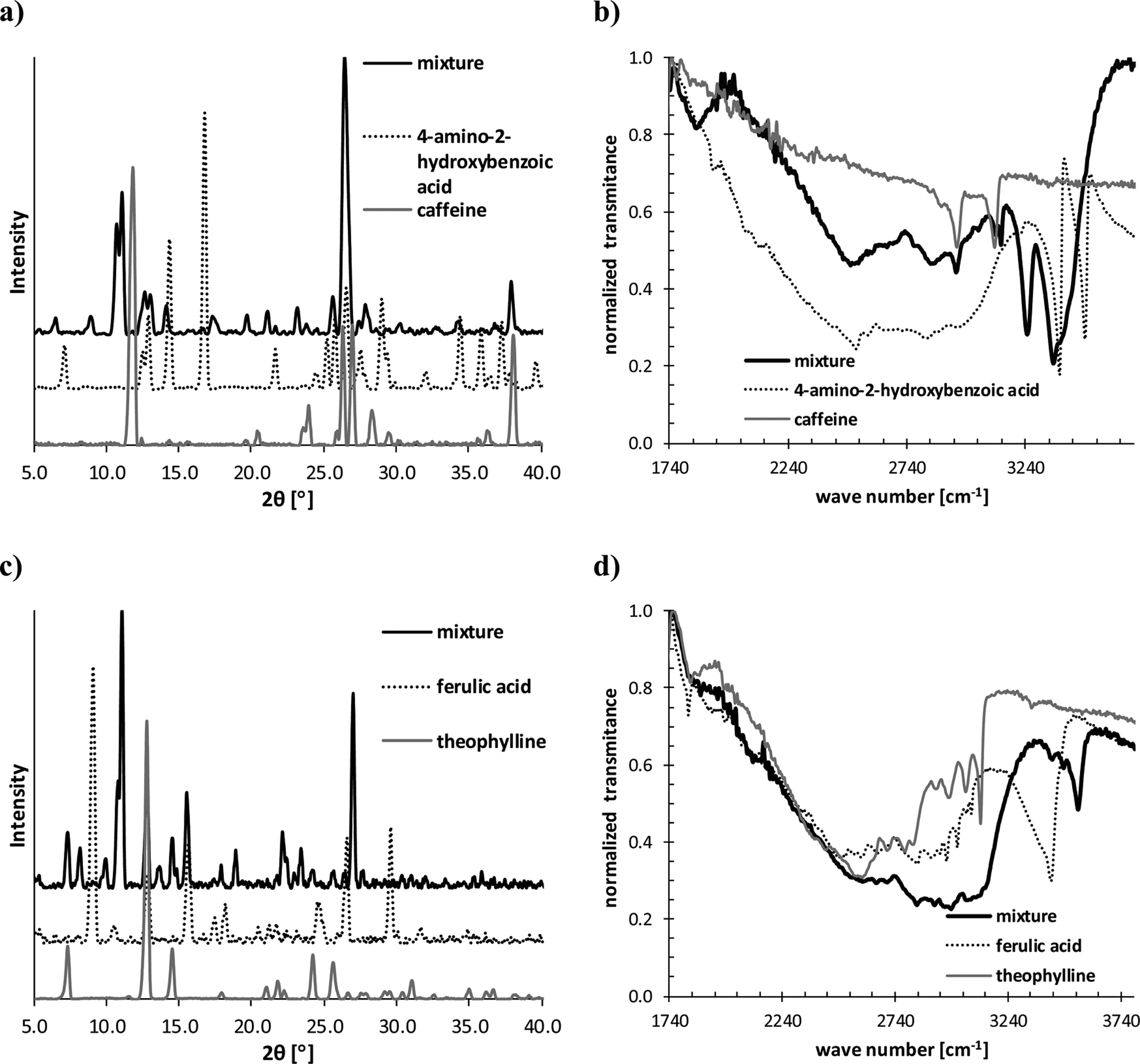
PXRD and FTIR spectra recorded for 1:1 caffeine/4-amino-2-hydroxybenzoic acid mixture (a, b) and 1:1 theophylline/ferulic acid mixture (c, d) obtained via liquid-assisted grinding.
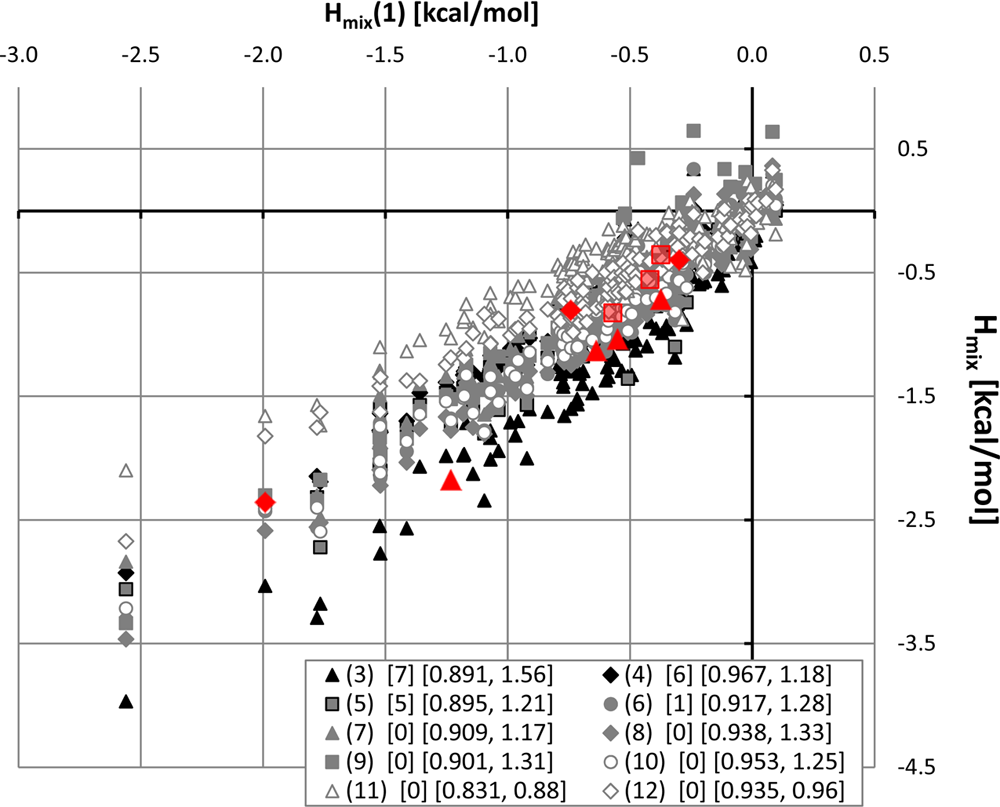
Relative values of mixing enthalpies of methylxanthines with respect to theophylline.
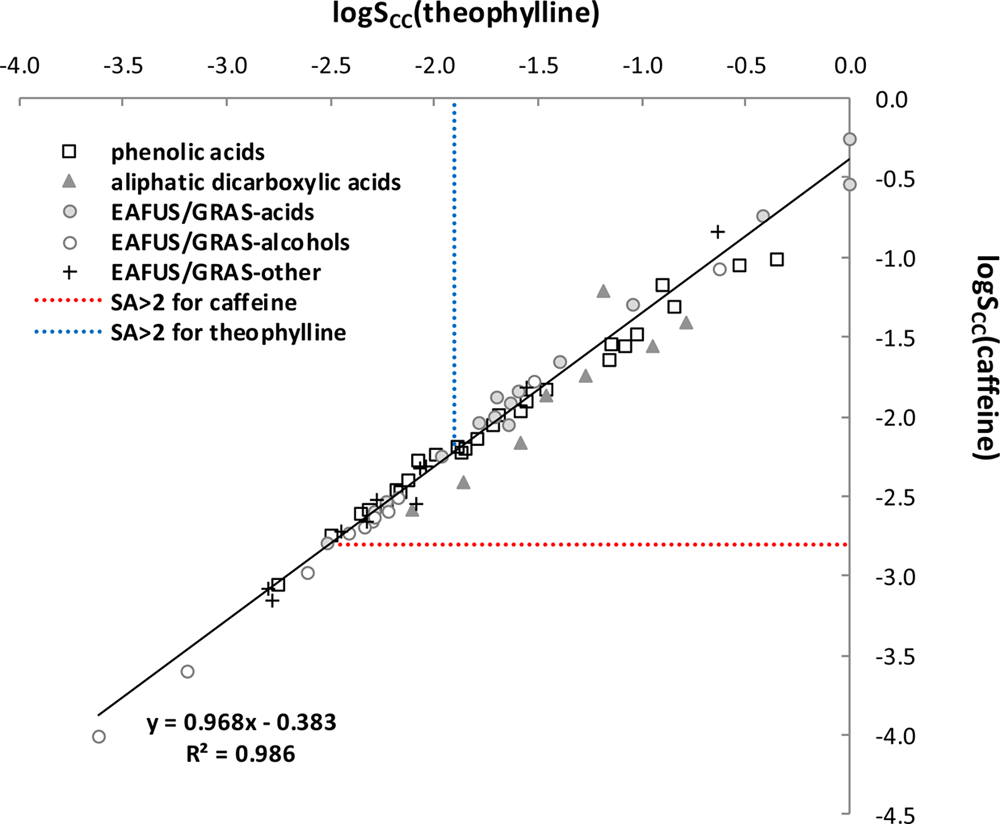
Correlation between estimated solubility values of caffeine and theophylline in the case of cocrystallization with the same coformers in a 1:1 stoichiometry.
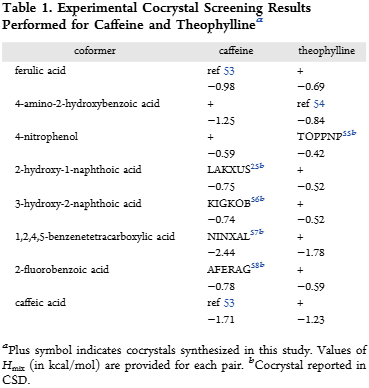
Experimental Cocrystal Screening Results Performed for Caffeine and Theophylline
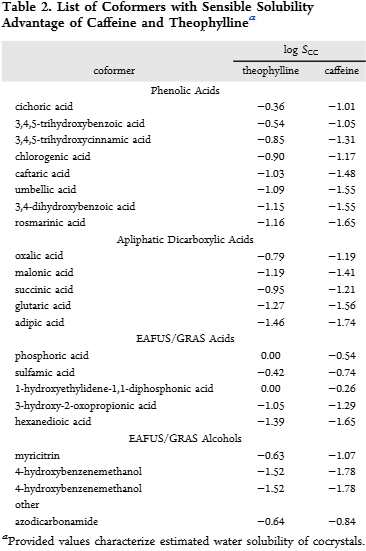
List of Coformers with Sensible Solubility Advantage of Caffeine and Theophylline
Related Questions and Answers
A: Theophylline crystalline sheets exhibit high optical anisotropy, with a refractive index difference (Δn) of approximately 0.25 and a refractive index along the slow axis (n) of approximately 1.7. Experimentally, the in-plane refractive indices for theophylline were determined to be n fast =1.44±0.01 and n slow =1.69±0.01, resulting in an in-plane birefringence of about 0.25, or 15%. This birefringence is significantly higher than that of inorganic crystals like calcite (Δn≈0.16, ≈10%).
These properties make theophylline crystals suitable for optical metamaterial applications. The crystals can function as polarization-dependent flat optical elements, effectively acting as zero-order wave plates. Furthermore, the ability to pattern these crystalline stripes with tailored periodic gratings allows for the creation of thin organic polarization-dependent diffractive meta-surfaces, opening possibilities for fabricating various optical devices from small-molecule based organic dielectric crystals.
These properties make theophylline crystals suitable for optical metamaterial applications. The crystals can function as polarization-dependent flat optical elements, effectively acting as zero-order wave plates. Furthermore, the ability to pattern these crystalline stripes with tailored periodic gratings allows for the creation of thin organic polarization-dependent diffractive meta-surfaces, opening possibilities for fabricating various optical devices from small-molecule based organic dielectric crystals.